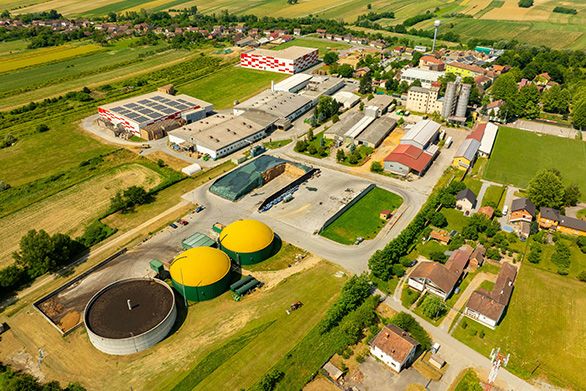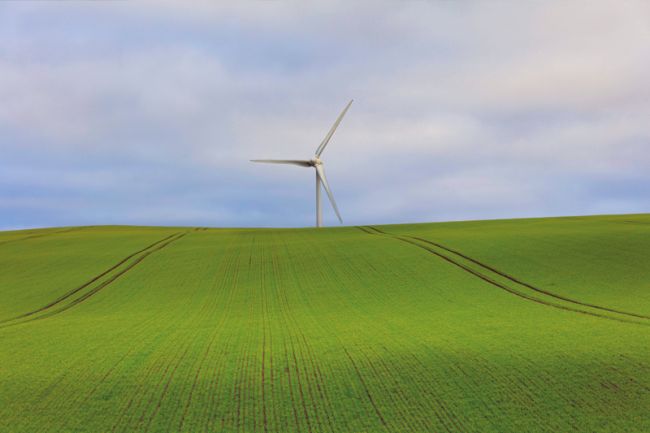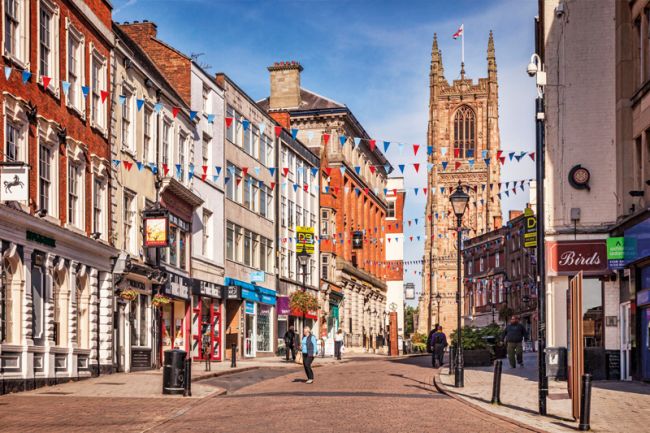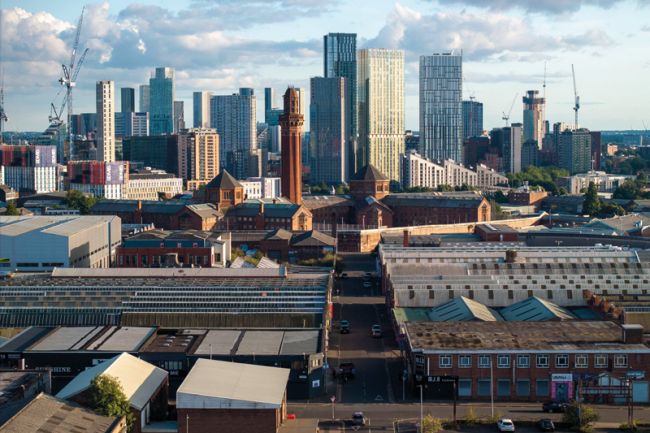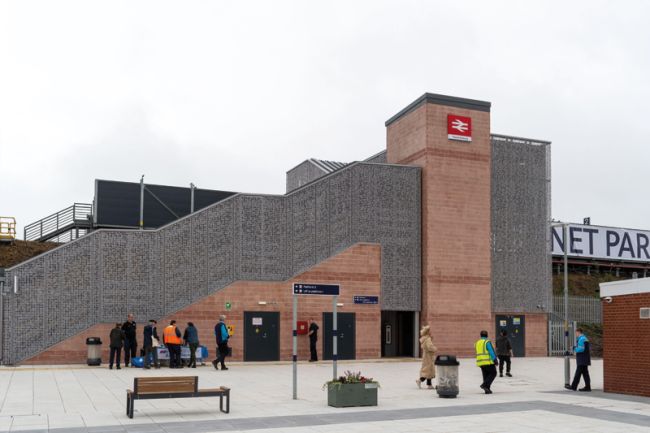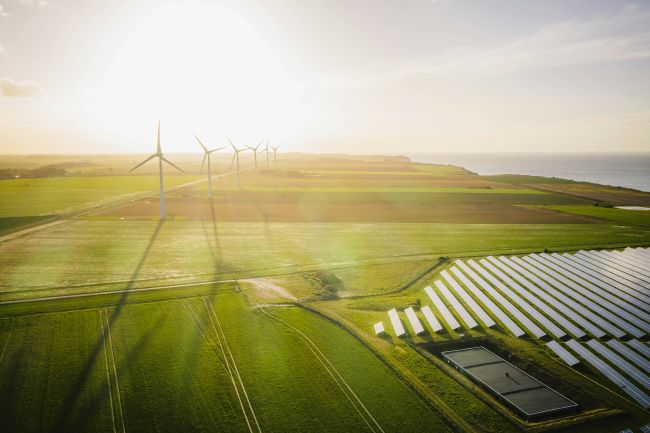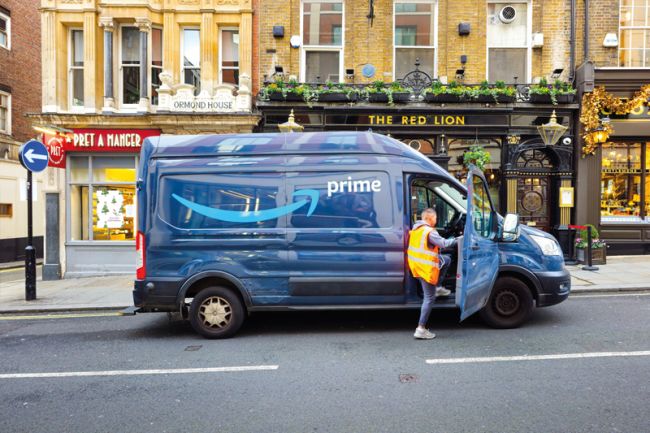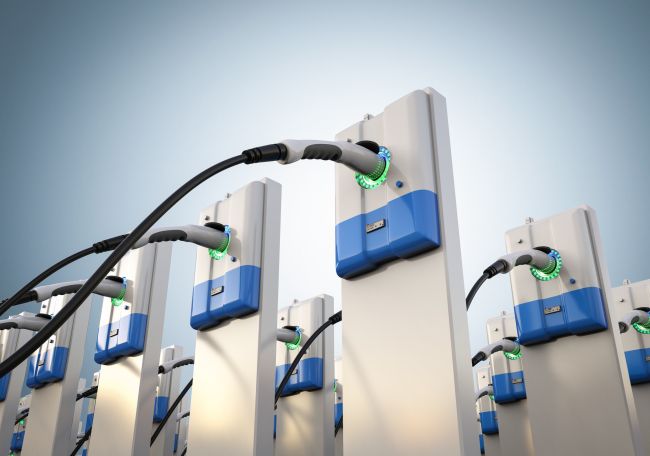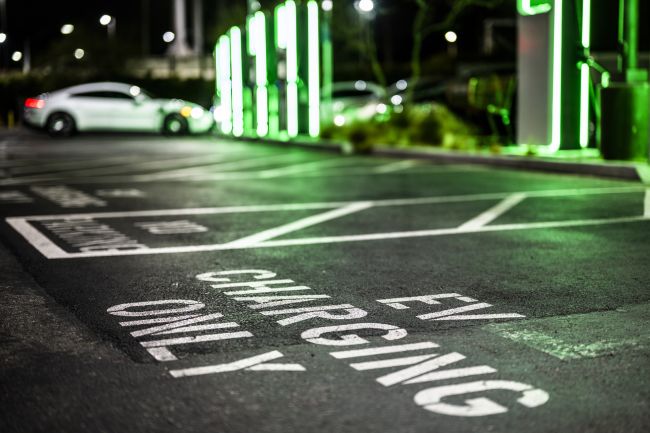Neighbourhood power networks for sustainable affordable energy
We speak to David Healey, Professor in Practice, on Keele University’s groundbreaking Smart Energy Network Solutions project.

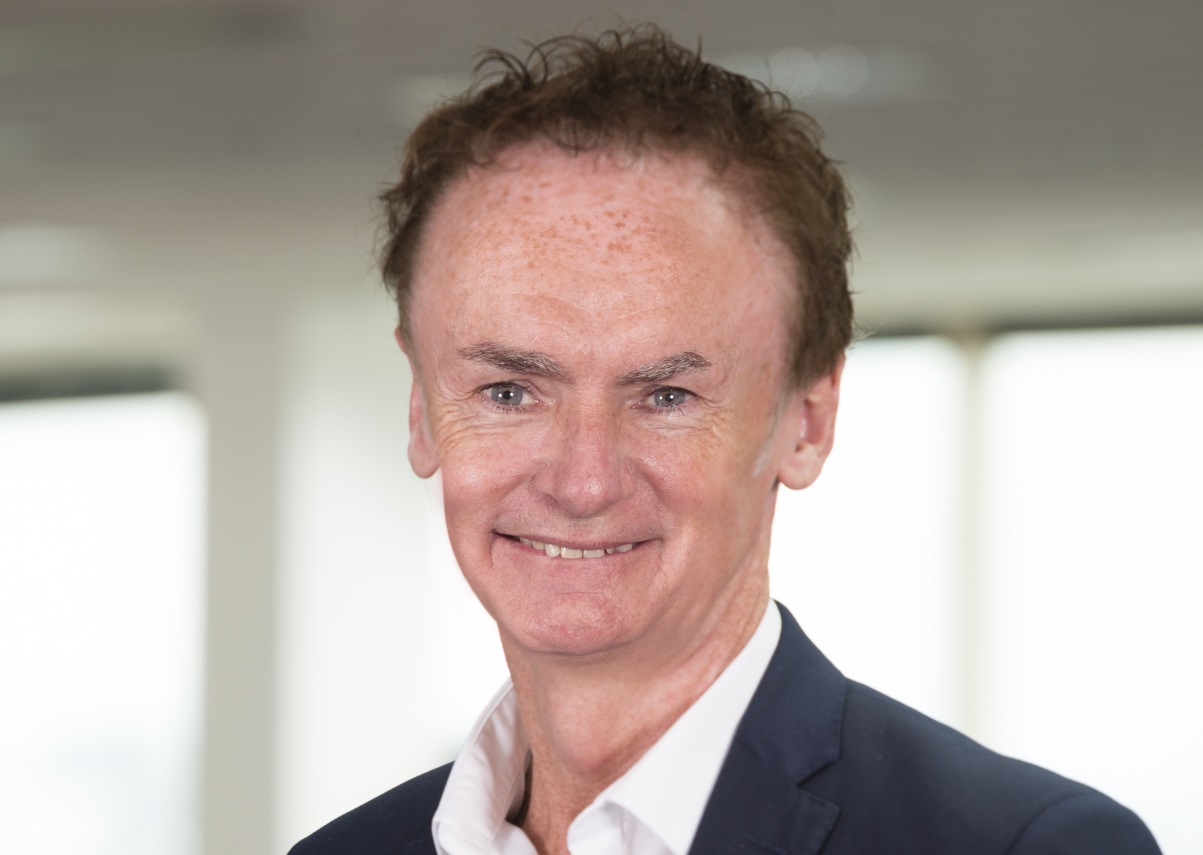 With the eyes of the voting public on the prize of net zero by 2050, the colossal task of decarbonisation looms large in the minds of policymakers, not least when it comes to electricity supply to homes and businesses.
With the eyes of the voting public on the prize of net zero by 2050, the colossal task of decarbonisation looms large in the minds of policymakers, not least when it comes to electricity supply to homes and businesses.
In 2019 the World Green Building Council estimated that 28% of global CO2 emissions come from building operations like lighting, heating and cooling, and in addition to climate concerns, the energy sector is currently receiving increased attention over energy security worries and rampant inflation.
Could a clean energy transition aid us in our struggle against multiple crises?
Someone who knows all about transitions in the energy market is David Healey, Managing Director of Smart Grid Solutions Limited and Professor in Practice on Keele University’s groundbreaking Smart Energy Network Solutions (SEND) project.
“I'm quite old,” says Healey.
“That means I've gone through three major phases of energy industry transition. Initially, it was privatisation and how do these new privatised huge utilities leverage telecoms assets in the newly liberalized telecoms market.
“Then you moved into the internet era and how you can realise operational efficiencies and more money-making opportunities from exploiting the new internet.
“The last 10-15 years it's been all about digitalisation of the whole value chain, and how more recently AI and machine learning can be exploited in the energy sector.”
This last phase is reaching a new peak in the form of smart local energy systems (SLES), something Healey is an expert on.
But exactly what is a SLES? And how could they be put into practice in Healey’s home nation of the United Kingdom? Let’s take a look.
What are SLES?
Despite a shift in fuel source from coal to a mix of gas, nuclear and renewables, the UK electricity distribution system currently operates on the same basic model that was designed a century ago.
In this wasteful, centralised structure, power stations blast electrons to homes and businesses through primarily ‘dumb’ networks, and although a small amount of Distribution Network Operators (DNOs) are able to monitor their large-scale substations, generally speaking, there is little management or oversight of the networks as a whole.
“It doesn't have any capability for monitoring or control at the local level, which accounts for around 70% of the network,” says Healey.
“If they have an outage…they have to rely on triangulating the phone calls that they receive to complain and work out where the problem is.”
The inefficiencies of this ‘dumb’ system can be remedied by the ‘smart’ part of SLES. A SLES utilises data technology via smart meters, consumer devices, network sensors, distributed energy generation and storage, including EVs, to dynamically match available energy with demand. A SLES is, therefore, able to make networks and energy generation more efficient by supporting the development of dynamic demand side management, with basic trials of this recently being carried out by the National Grid in the UK.
Today approximately 60% of UK retail energy prices are made up of wholesale and network costs. In comparison, intelligent, low-cost local energy production, close to the point of consumption, offers significant economic efficiencies which can be retained within the same local communities. The underlying economics of distributed renewable generation and storage on which the SLES is founded are well documented. However, there appears to be no end in sight to the continuing falling costs and productivity increases from these distributed energy technologies. This bottom-up, consumer-focused approach is also an effective way to decarbonise the energy grid. Electricity demand is only set to increase as internal combustion engine cars, and gas-powered boilers are replaced with electrified alternatives like ZEVs and heat pumps. As the share of the grid powered by renewables increases, emissions from transport and heating will naturally reduce.
In addition to this, a lifetime cost-benefit analysis of renewables shows that not only are onshore wind and solar easier to build, but once built, they can quite literally run on thin air. The cost of these energy sources is further reduced by the potential for proximity to homes and businesses, which means less power is lost in transit, bringing down prices.
A smart network which is linked to onshore wind (due for a resurgence thanks to upcoming policy change in the UK), as well as rooftop solar panels and even residual power from EV batteries, would create an integrated local system which responds to consumer demand profiles at the street level and is essentially self-running and at times potentially ‘off-grid’.
These systems carry the added bonus of unhooking electricity prices from the global gas markup meaning that energy bills would be insulated from global market shocks like the COVID-19 pandemic and war in Ukraine.
“If you think…about how data, data networking and analytics has developed, it's crying out for application of those technologies, and the whole industry realises it,” says Healey.
“In addition, of course, we now have the urgency of climate change facing us.
“One of the tools we can use to accelerate decarbonisation of the energy system and, more politically relevant for the consumer, reduce energy costs significantly is…adoption of digital solutions across the entire energy value chain.”
SLES in practice
Although data technology, EVs, and rooftop solar panels may sound like a far-off utopian future SLES may soon be coming to a neighbourhood near you.
The British government has been running 16 schemes across different regions to see how SLES would work for different demographics and geographies. But while we’re waiting for the results to come in, some cities in the country have taken matters into their own hands.
“Bristol a couple of years ago went to procurement for something called Bristol’s City Leap, and that really was a smart local energy system,” says Healey.
“And Coventry City Council are out to procurement now for something very similar.
“Others will follow.”
In Bristol’s case, the project is set to run for 20 years and would help to decarbonise the entire city for a projected budget in excess of £1 billion. The council has paired with Ameresco and Vattenfall Heat UK on the project in a private-public partnership of the kind necessary for cash-strapped local authorities to get these projects off the ground.
The outlook for finding private finance in these cases is mixed. On the one hand, investment appears very attractive given the lower cost of constructing and running distributed renewable energy sources compared to large fossil fuel plants. On the other, the untested nature of SLES and the complex proposition of integrated, multi-asset networks compared with a power station or even offshore wind-farm investors can prove to be a difficult financial comparison.
However, one massive draw for investors is the potential for social value that can be accrued through SLES in the form of reduced emissions. Moreover, the smart technology involved carries the potential to aid with virtual hospital wards and home care systems.
“This digital layer that I'm talking about can then be exploited for a lot more than just energy,” says Healey.
“The investment community is now adopting objectives about investment in sustainability and social value. This is one area where they could invest, and it will be almost fully sustainable with the potential for realizing significant socio-economic value.
“That could bring them to the table.”
Although on paper, SLES sounds like a no-brainer, the bottom-up nature of its implementation means that current big players are set to lose out unless they change their ways. Utilities providers and existing network providers, not to mention oil companies, will all be shaken up by this Energy Transition unless they quickly adjust.
“Part of this transition is that they change their business models,” says Healey.
“That’s not happening as quickly as we'd like.”


